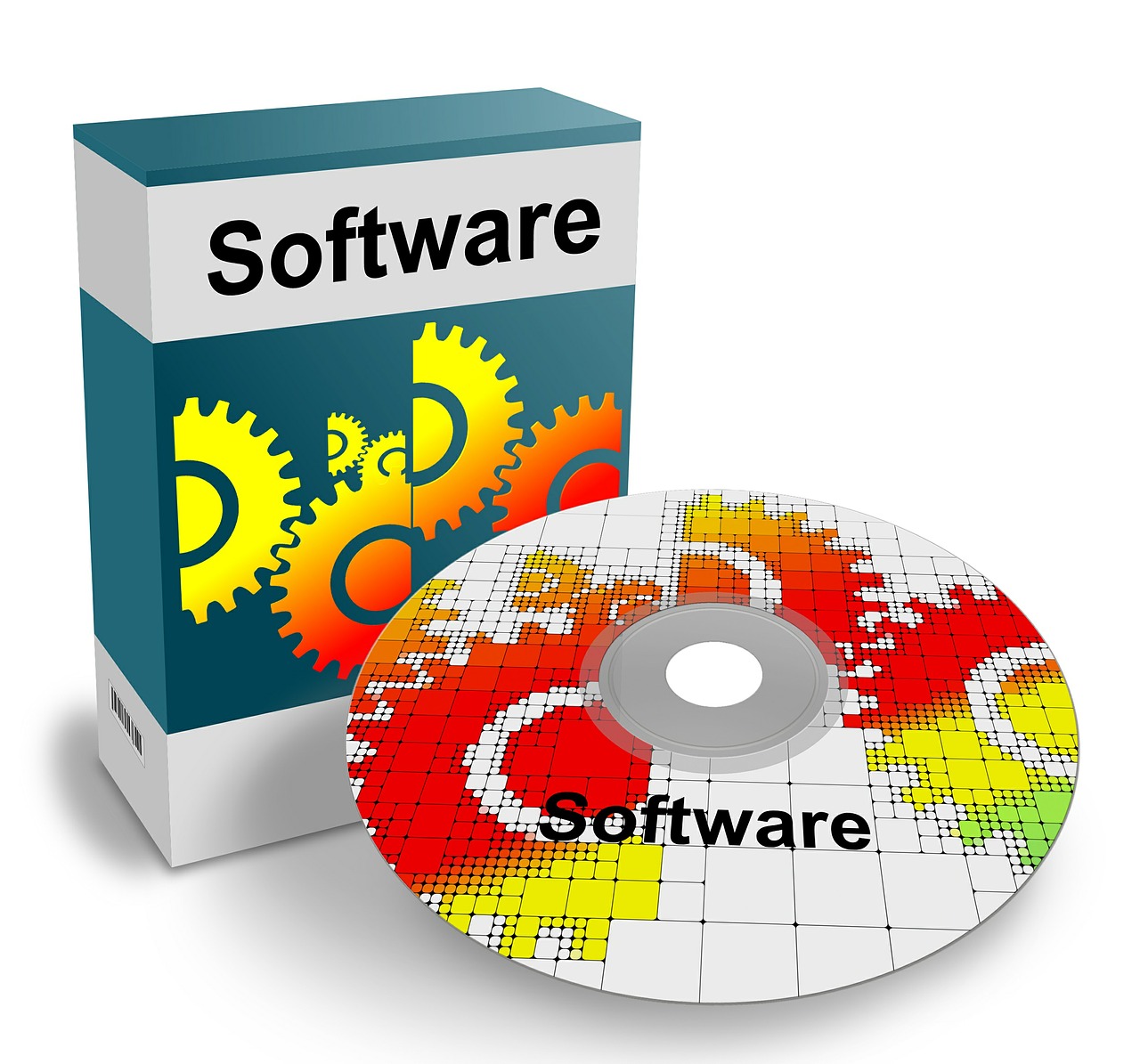In this post, I will show you the most important factors to consider when choosing a reliable SCA tool…
Software composition analysis, or SCA for short, is a term that you will hear more and more frequently, whether you work as a developer or a security engineer. assuming, of course, that you haven’t already.
The reason for this is rather obvious.
Your company is building apps with a greater dependence on open-source software and containers, exposing itself to risk in the form of security issues and licensing breaches. Software composition analysis can aid your firm in controlling and minimizing this risk.
Table of Contents
How Does An SCA Tool Work?
Despite the vast range of supported and advanced features, the bulk of SCA tools conforms to a basic operating structure. They run their proprietary algorithms on the source code and compare it to the code in their knowledge base to determine whether it matches.
The tools also give an inventory of all discovered open-source packages, replete with information about their origin, licensing, and dependencies. Another helpful result that such programs may provide is a list of all known vulnerabilities.
SCA tools provide information about each package, such as its name, version, and license. The tools will also notify users if there is a license problem, as established by the organization’s requirements.
The tools would identify any security information associated with a shipment, assisting organizations in maintaining their degree of protection.
Key Selection Factors For An SCA Tool
When using the power of SCA tools, it is critical to determine the features that are most essential to you and tailor them to your specific needs, environment, and requirements.
As soon as it is completed, you should test the tool’s features, measuring them against the most essential metrics. The maturity, deployment, and other capabilities associated with such characteristics may differ.
There are some factors that, when analyzed together, may help you choose the best option.
READ ALSO: Best Antivirus Software For PC Gaming In 2024
Language Support
Before making a purchasing decision, it is critical to investigate whether languages are supported by the SCA tool of choice. The bulk of SCA tools, for example, rely on lock files like package-lock.json or Pipfile.lock to locate dependencies and the versions of each dependency.
Usability and Developer Friendliness
The SCA tool you choose should not make your life more difficult, but rather easier. To allow you to focus on your work rather than learning how to use the tool, it must be easy and simple to use.
Additionally, it must be user-friendly for developers so that it can be rapidly integrated into the development process that you currently use. It should also be extensible so that it can keep up with your company’s growth.
Furthermore, the provider must make sufficient technical documentation available to developers, and providing technical support for the tool is nearly always a welcome feature.
Support for Binary Scanning
While looking for such a tool, it is critical to look for a software composition analysis (SCA) tool that permits the scanning of binary files. Since many SCA tools do not provide this kind of scanning, developers may use binaries that include vulnerabilities without first having them inspected.
Scanning binary files, such as wheel files (.whl), is crucial since it allows the detection of vulnerabilities that would otherwise go undetected if dependencies were just scanned.
If you do not do the binary scanning that your engineers conduct, you will not get an accurate picture of the security of your code.
READ ALSO: Key Pro Tips For Managing Software Vulnerabilities
Vulnerability Detection
An SCA tool must be capable of determining with high accuracy whether or not a particular open-source package has any vulnerabilities. This is dependent on the tool’s ability to comprehend the dependency logic.
However, the security data on which the tool is based is an equally important issue to examine.
The differences between the SCA tools become more obvious in this section. Some SCA tools will only utilize publicly accessible databases. Others may opt to complement publicly available vulnerability information with new vulnerability information.
This database is continually updated and improved using several sophisticated analytic techniques. Even so, the database’s quality, as well as the accuracy and comprehensiveness of the information it provides, may differ from one solution to the next.
Prioritization
The number of vulnerabilities detected in open-source components is steadily increasing, with thousands of new vulnerabilities disclosed each year.
SCA tools often discover hundreds, if not thousands, of vulnerabilities, causing backlogs to quickly grow and teams to get overwhelmed.
Because it is doubtful that you will be able to patch all of the vulnerabilities on the list, you must decide which defects will bring the greatest advantage concerning the amount of work required to remedy them.
These decisions will have a substantial impact on your ability to manage and minimize risk. Incorrect prioritization, on the other hand, may cause friction and damage developer trust, both of which are bad for the process.
INTERESTING POSTS
- Cybersecurity Technical Writing: Main Points
- GetMonero Site has been hacked by an unknown hacker
- Surfshark Antivirus Review 2024 [MUST READ]
- 10 Best Antivirus For A Basic Laptop [Must Read]
- Top 5 Best Data Recovery Software: Retrieve Lost Data Easily
- Types Of Pop-Ups Every Ecommerce Store Should Have
- Technical Analysis For Binary Options Trading: A Comprehensive Guide
About the Author:
Amaya Paucek is a professional with an MBA and practical experience in SEO and digital marketing. She is based in Philippines and specializes in helping businesses achieve their goals using her digital marketing skills. She is a keen observer of the ever-evolving digital landscape and looks forward to making a mark in the digital space.









